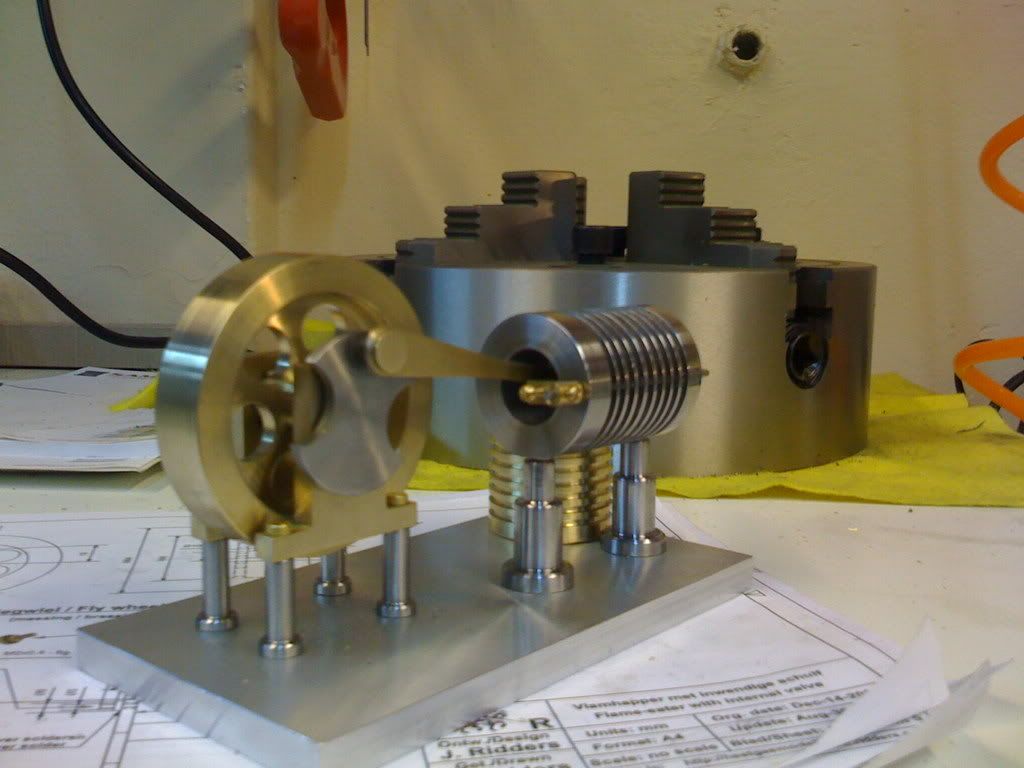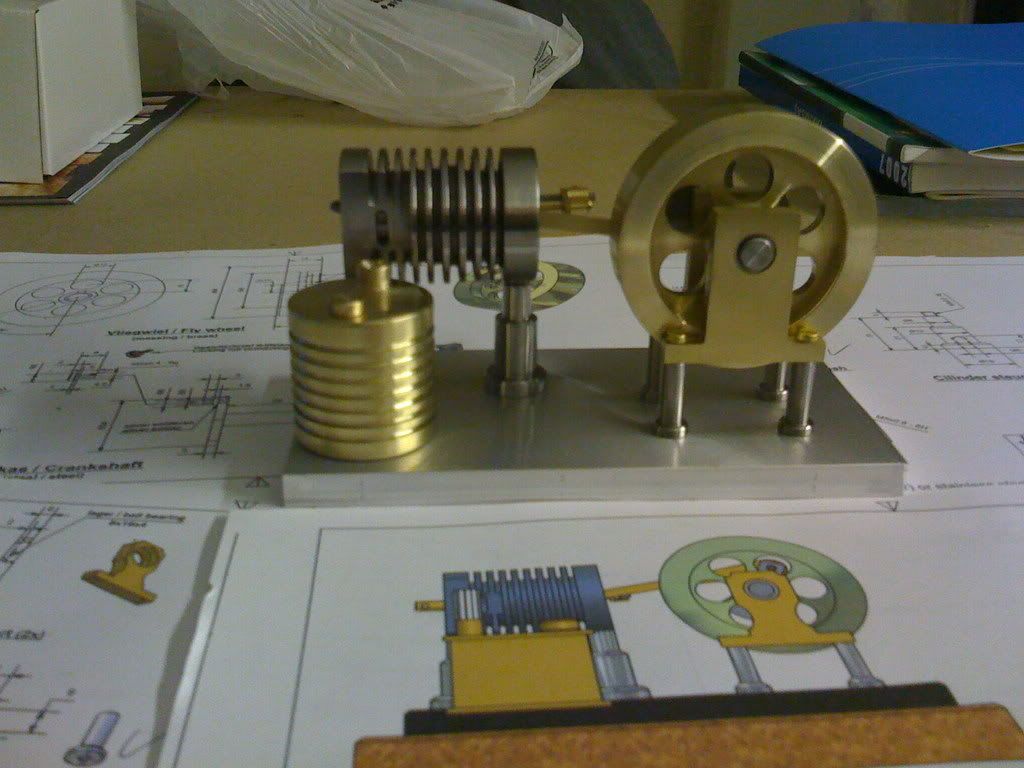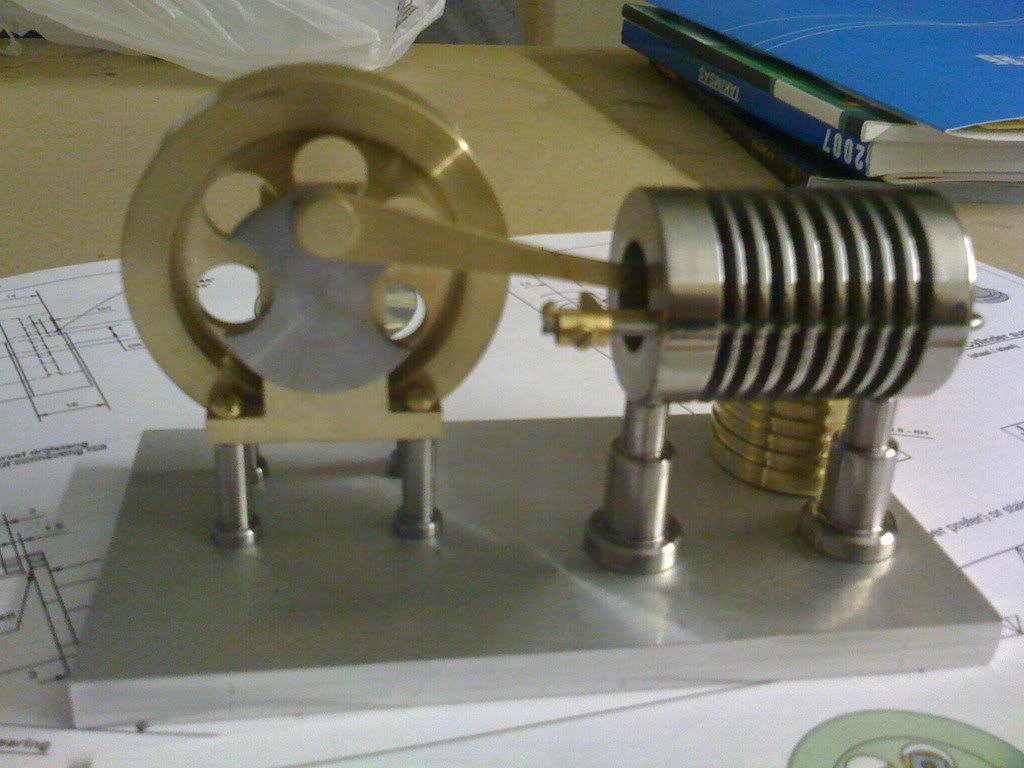I just finished a Duclos Little Blazer and had similar experience. With a little more time I'm sure you can get it running. I had to make a number of adjustments to get the Little Blazer running. Most of the adjustments were to remove friction. I reduced the valve spring tension, did additional clean up on the cam, adjusted the valve rod so there was absolutely no drag. After doing the above items, the engine would run turn a couple of seconds and then quite. I read somewhere on this forum about using Coleman fuel instead of alcohol and gave that a try. That made a significant difference. With the adjustments and Coleman fuel, the engine will run until it gets too hot. Hang in there!







